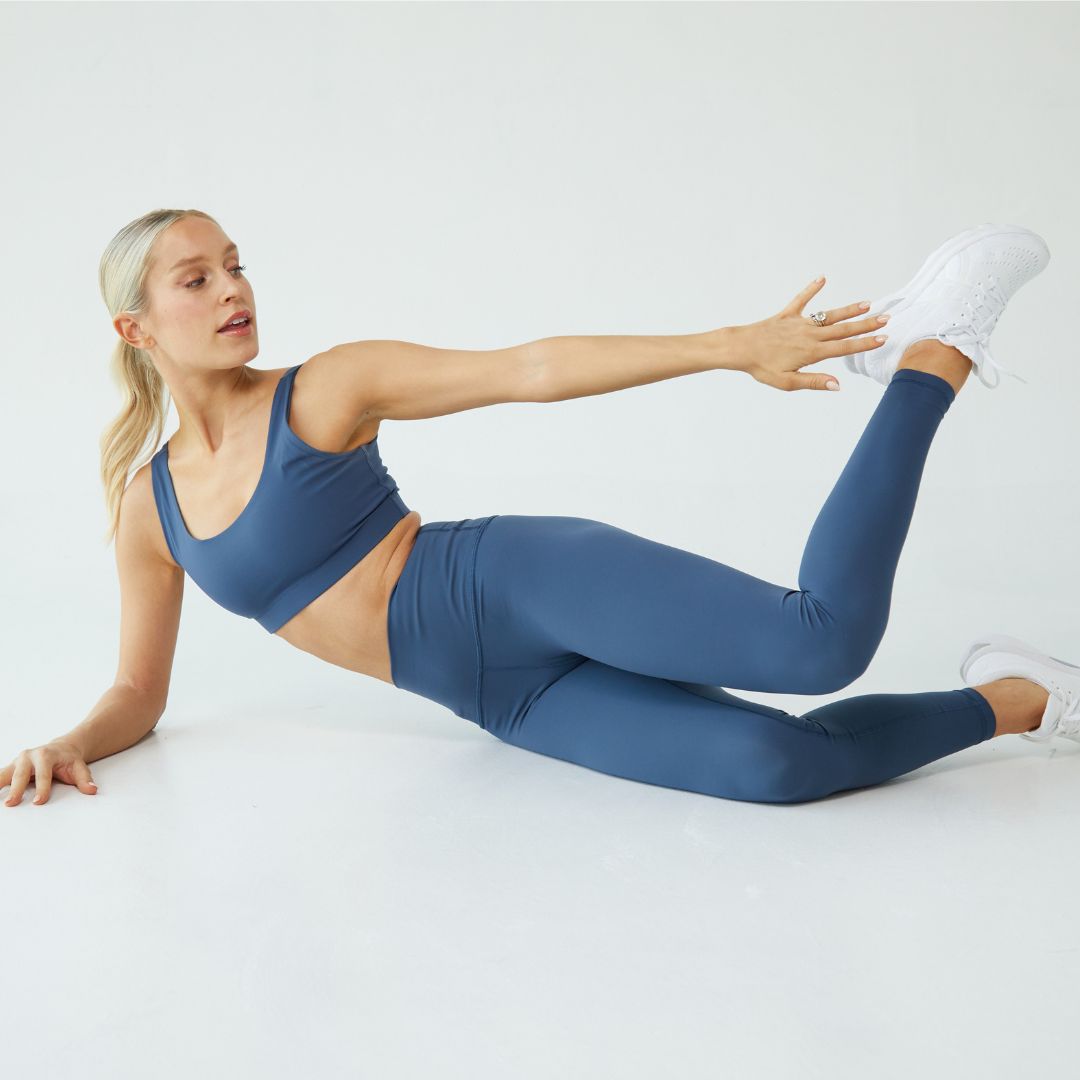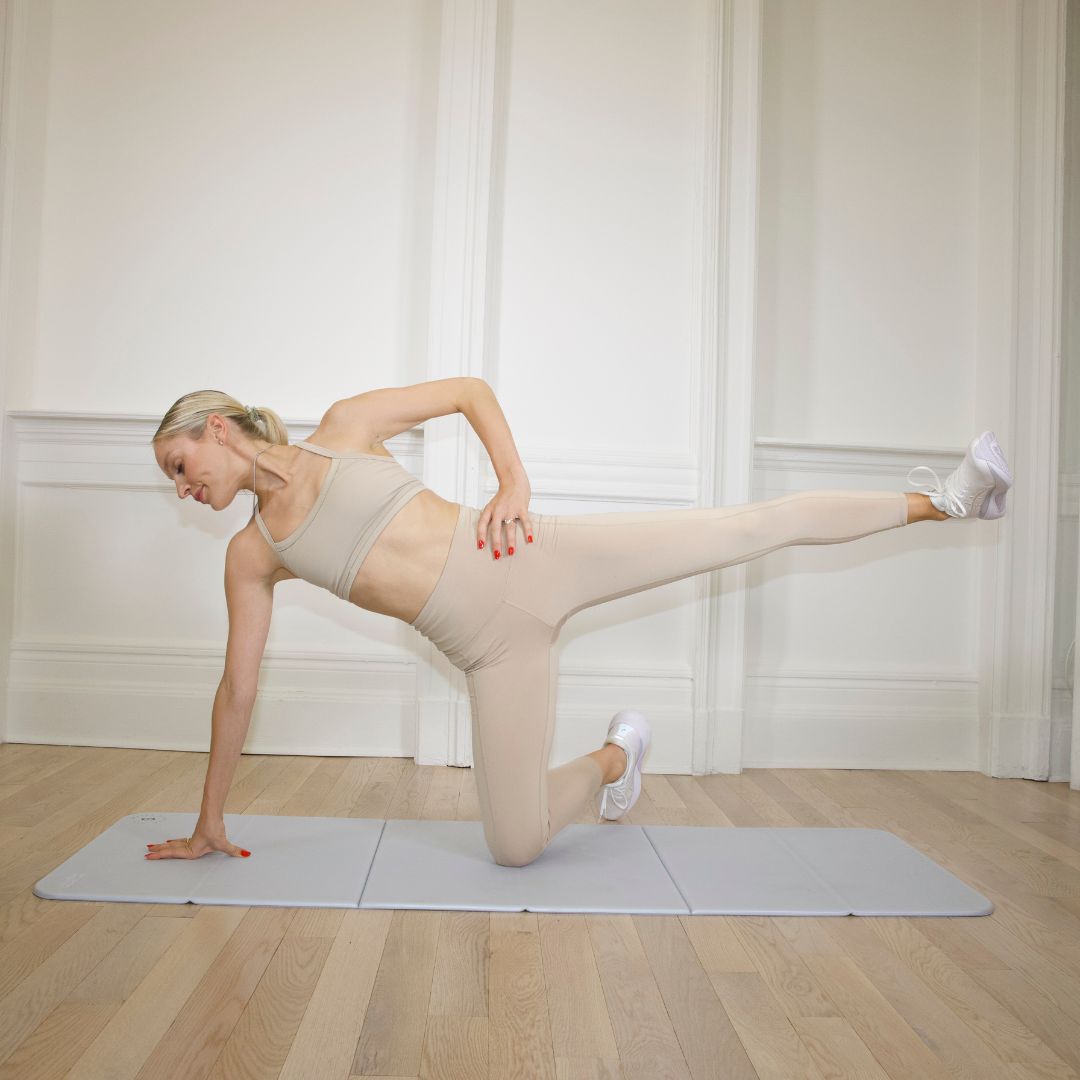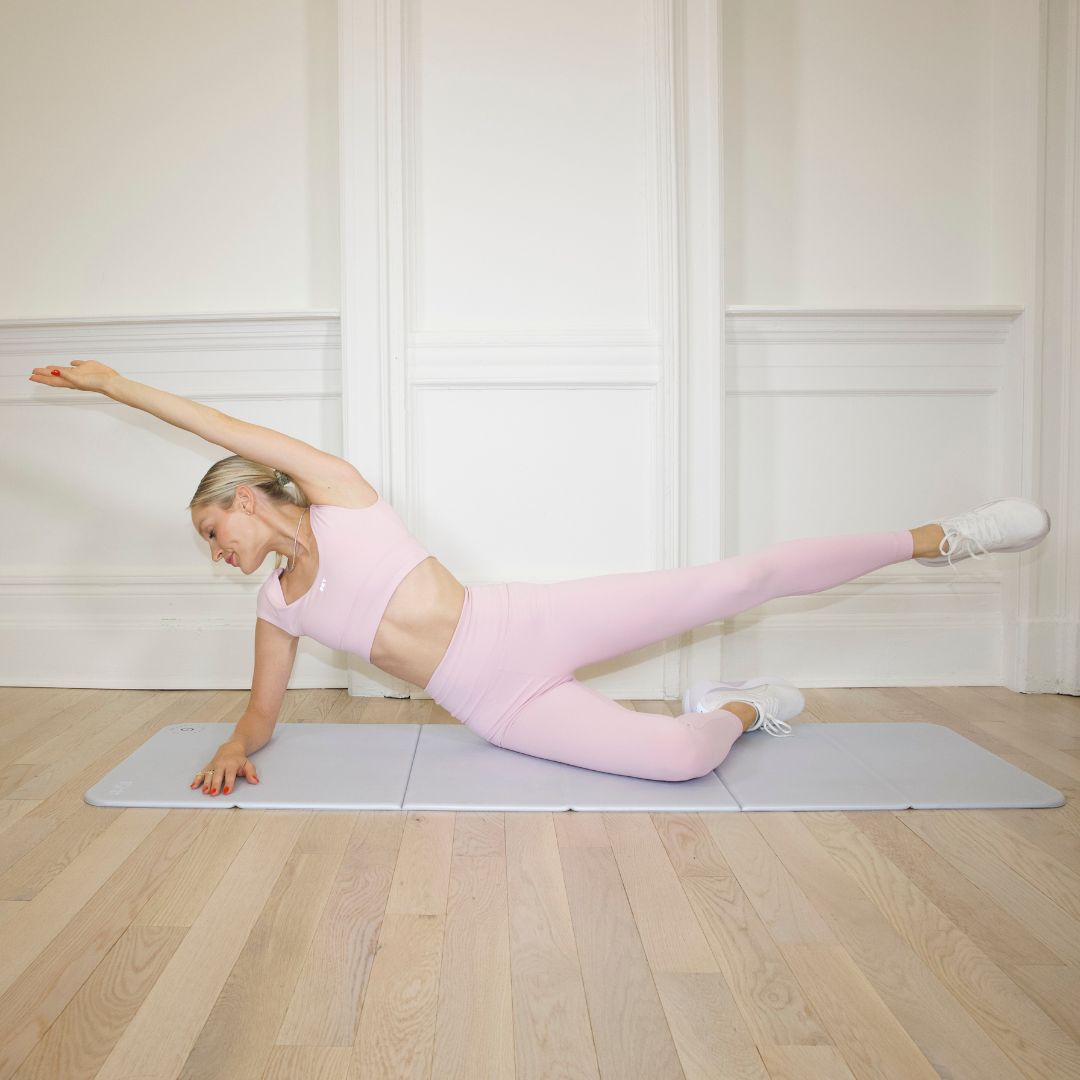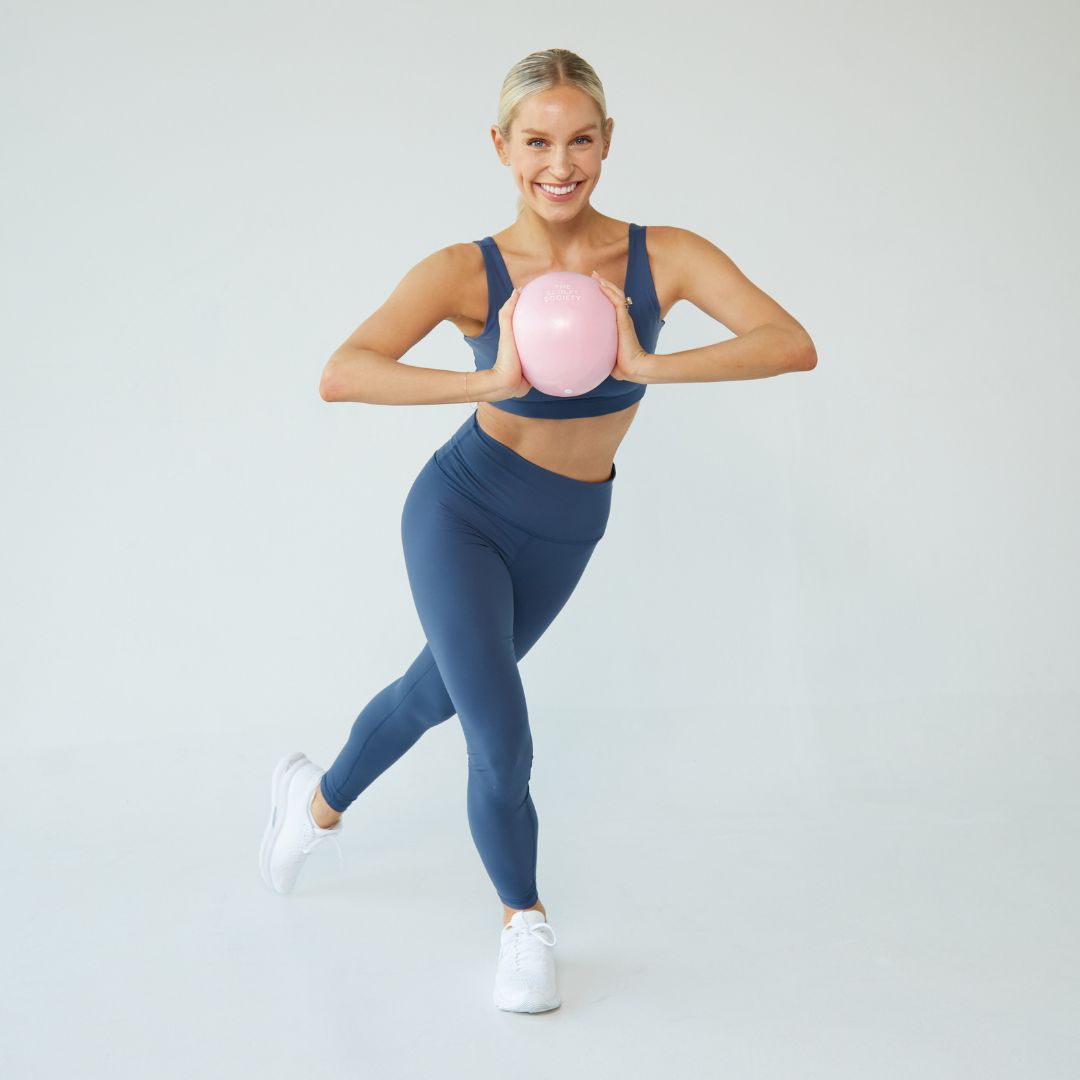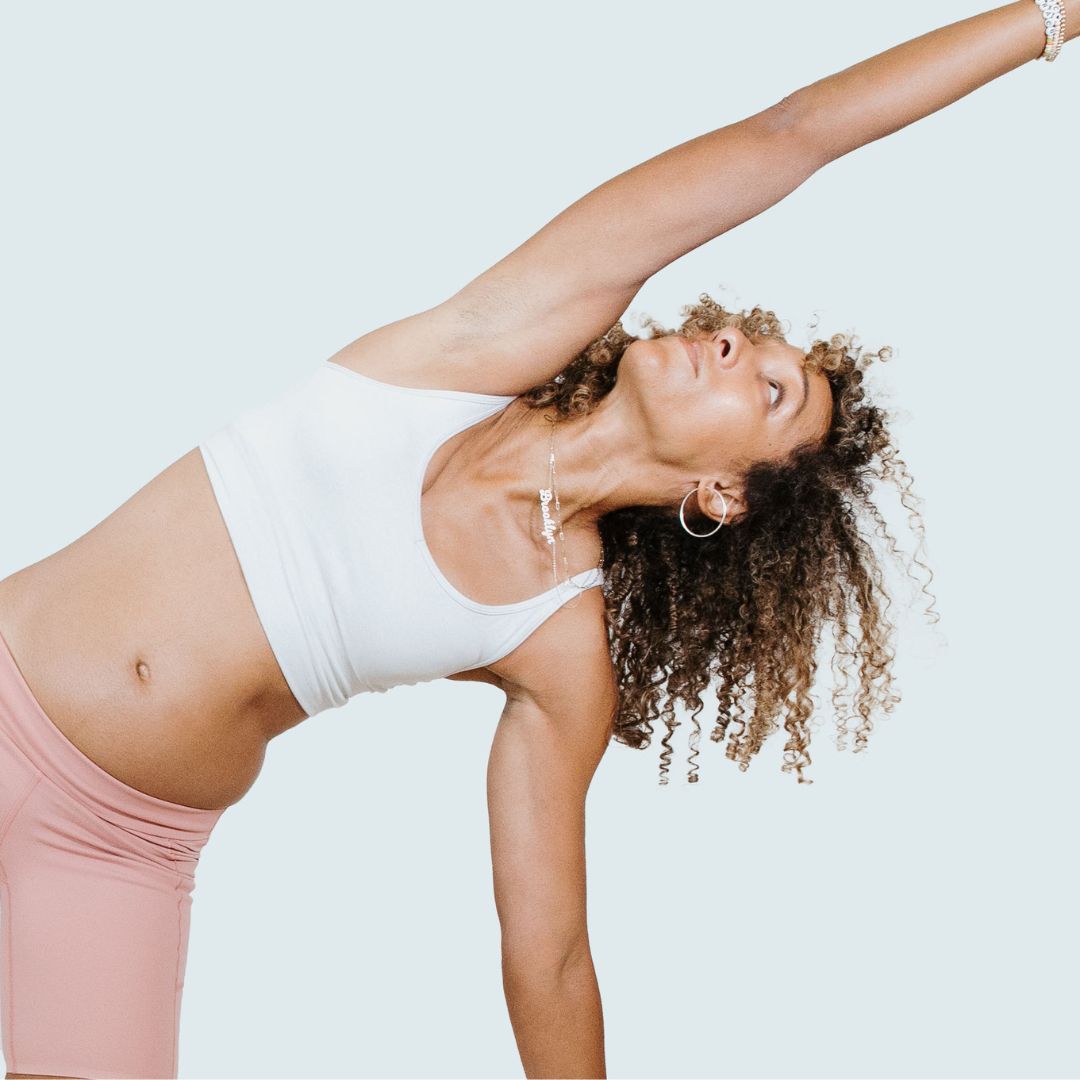Before we dive into the specifics of cycle syncing, let's start by understanding the menstrual cycle itself. This natural, recurring process is a journey most women embark upon from adolescence through menopause, guided by hormonal ebbs and flows. It consists of four primary phases: menstrual, follicular, ovulatory, and luteal.
- Menstrual Phase: Typically lasting 3-7 days, this marks the shedding of the uterine lining and the start of a new menstrual cycle. During menstruation, you may experience a range of symptoms, including cramps, bloating, and fatigue.
- Follicular Phase: This menstrual cycle phase begins after menstruation and can last about 7-10 days. During this time, the body prepares for ovulation by stimulating follicle growth. Your hormone levels, especially estrogen levels, start to rise gradually, bringing increased energy levels and a sense of vitality.
- Ovulatory Phase: Occurring around the midpoint of the menstrual cycle, ovulation is when the mature egg is released from the ovary. You may notice that your body temperature rises slightly, indicating ovulation, and it tends to last 2-4 days.
- Luteal Phase: The luteal phase follows ovulation and typically lasts around 12-14 days. Hormone levels, particularly progesterone, rise during this phase. Progesterone can lead to mood swings, water retention, and increased sensitivity to pain.

